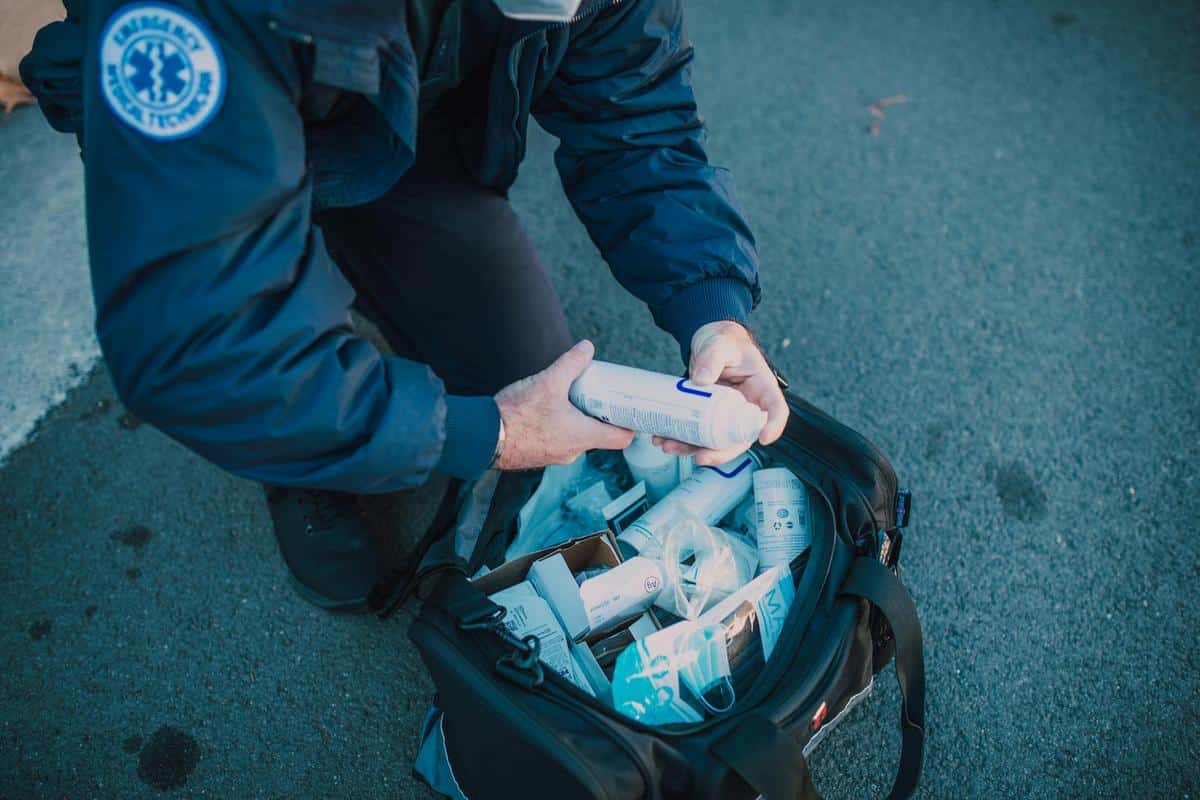
Preparing for an Emergency: Pet First Aid Tips Every Owner Should Know
When it comes to emergencies, every pet owner wants to be prepared to act effectively and swiftly. Understanding pet first aid is crucial in ensuring the well-being of your furry companions during unexpected situations.
As a pet owner, having a solid grasp of pet first aid can make a significant difference in an emergency. Whether it’s a minor scrape or a more severe injury, knowing how to respond can help stabilize your pet until professional help is available.
Understanding Pet First Aid
Pet first aid refers to the immediate care given to a pet before veterinary assistance can be obtained. According to the American Veterinary Medical Association, quick and knowledgeable actions can save your pet’s life in critical situations.
Common Pet Emergencies
- Choking
- Bleeding
- Fractures
- Heatstroke
- Poisoning
- Seizures
Each of these emergencies requires specific first aid techniques, which we will explore further.
Expert Insights
Dr. Emily Thompson, a renowned veterinarian, emphasizes the importance of pet first aid training: “Having basic first aid skills can bridge the gap between an emergency occurring and reaching professional care.”
Statistics that Highlight the Importance
A study published in the Journal of Veterinary Science found that timely first aid provided by pet owners can reduce mortality rates by up to 40% in cases of severe trauma.
Personal Experience
Consider the case of Mark, who was able to save his dog from choking by performing the Heimlich maneuver, a technique he had learned in a pet first aid course. His quick actions prevented a potentially tragic outcome.
Actionable Pet First Aid Tips
- Stay Calm: Your composure is crucial. Pets can sense your anxiety, which can exacerbate their stress.
- Assemble a Pet First Aid Kit: Include items such as bandages, antiseptic wipes, and a digital thermometer.
- Learn CPR for Pets: The technique differs from human CPR and is vital for emergencies involving unconsciousness or lack of breathing.
- Know Emergency Contacts: Keep your veterinarian’s contact information easily accessible.
Table: Essential Items for a Pet First Aid Kit
| Item | Description |
|---|---|
| Gauze | For wrapping wounds |
| Adhesive Tape | To secure bandages |
| Antiseptic Wipes | For cleaning wounds |
| Digital Thermometer | To check temperature |
| Hydrogen Peroxide | To induce vomiting (only if directed by a vet) |
| Scissors | For cutting gauze or tape |
| Disposable Gloves | To maintain hygiene |
| Tweezers | For removing foreign objects |
Resources for Further Learning
Consider enrolling in pet first aid courses offered by reputable organizations to gain hands-on experience.
Frequently Asked Questions
What should I do if my pet is bleeding?
Apply pressure with a clean cloth to stop the bleeding and seek veterinary attention immediately.
How can I tell if my pet is in shock?
Signs of shock include a rapid heartbeat, pale gums, and lethargy. It’s crucial to keep your pet warm and seek veterinary care immediately.
Conclusion
Being prepared for a pet emergency is not just about having the right tools; it’s about having the knowledge and confidence to act swiftly. By understanding pet first aid and continually updating your skills, you can ensure your pet’s safety and well-being in any situation. Take the time to educate yourself and practice these essential techniques. Your pet’s life may depend on it.